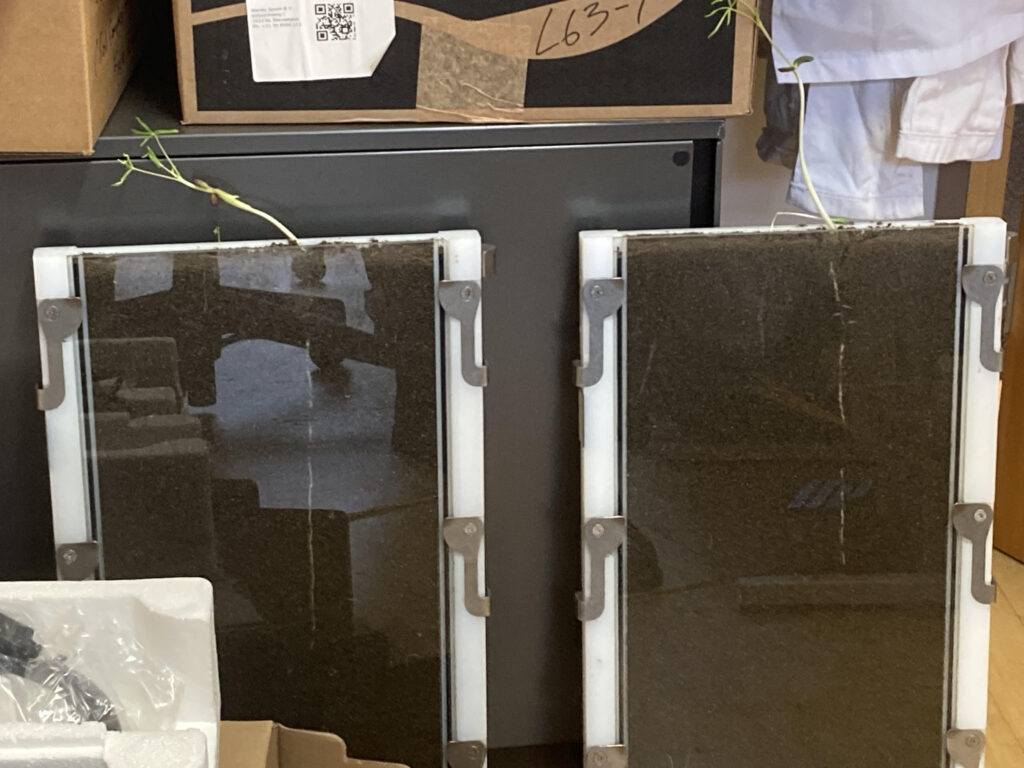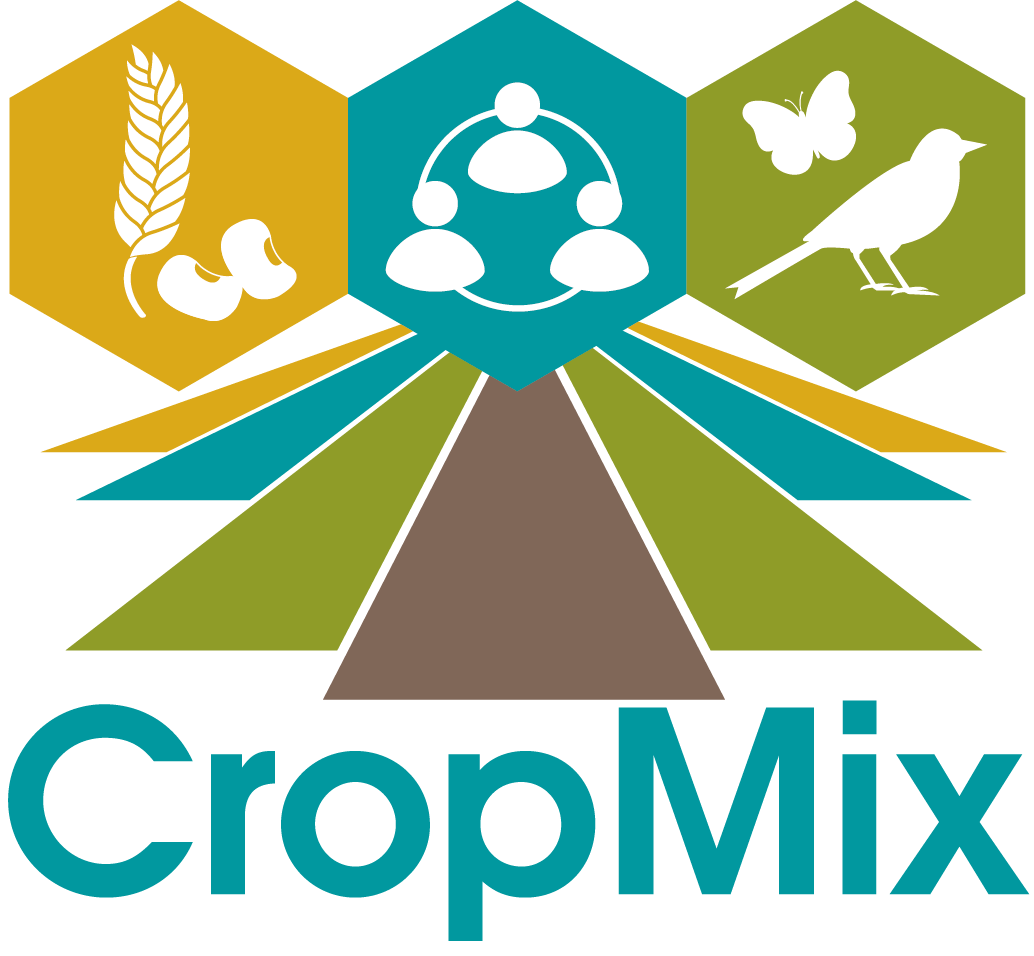
Researcher
Franklin Lee Harris
PhD candidate
Wageningen University & Research
To put it straight, I am a mashup of a soil biologist and microbial ecologist. My interest in soil biology stem from my time as an undergraduate. Back then I studied forest biology and worked in a fungal plant pathology lab for woody plants at Colorado State University. I was particularly fascinated by nodulation, and the line that causal mechanisms of the line which split some root fungi between pathogens and symbiotes. As I dove into this, I discovered the incredible functions of the soil microbiome. I went to study these in my masters at Lund University, eventually completing my thesis on arctic microbes undergoing drying-rewetting in the Rousk lab.
Research project
Project: 1.1.2. Soil food web and nutrient cycling
Plants, soil and microbes are largely responsible for feeding most of the human population, regulating many important ecological cycles (nitrogen, phosphorus, etc.) and providing unique biological compounds that we can use. I have a passion for elucidating the secrets of underground interactions. CropMix offers a unique opportunity to do this with many other scientists from all kinds of fields in a way that will benefit many people.
My research focuses around understanding how plants, microbes and nutrients (primarily nitrogen and carbon) interact. Here at Wageningen my PhD projects generally investigate the rhizosphere and how we can use the plant triggered microbial mechanisms found in crop rhizosphere soil to enhance crop complementarity. While this primarily has been researched in terms of grass-legume combinations, I am interested in investigating what other mechanisms are out there, including the potential beneficial effects of priming.
Long term I hope to discover the linkages between microbial community structure and function in relation to carbon and nitrogen by elucidating how and why microbes mineralize these elements in substrates. To do this, I employ many functional-structural tools such as- isotopic pool measurements, activity measurements (such as respiration), and some omics methods. I believe that ultimately, these findings will help us steer both our ability to grow food, but also our ability to reclaim polluted lands and even overcome more severe challenges such as the stresses on soil and plants provided by climate change.
Related projects
- Soilborne pathogens and microbial interactions > Margherita Berri
- Modelling key belowground ecological processes in crop mixtures > Kostas Kypros
Results and news
Update September 2024
Root traits contain important information about how plants interact with soil microbes, nutrients, and other plants; yet there is a dirth of literature on how root traits of crops. In his research, Frank aims to investigate these root traits and to tie them to complementarity both in terms of other plants, but also in terms of their microbial community.
But how does one investigate root traits of living plants? For this, Frank uses the facilities at NPEC(Netherlands Plant Eco-phenotyping Centre) and their magnificent rhizoboxes. The NPEC facility monitors plants in these rhizoboxes daily by taking photos via an automated camera (see photo below).

Currenlty, Frank is running a trial to see if the NPEC measurements can be digitized with root recognition software, and if this method can be used for a future experiment with root traits, microbes and complementarity.
The large mechanical arm stores the racks of plants. The racks move around and once a day a robot moves between them to move the plates to the photo area and take a picture.

Plates with seeds growing, showing the root system clearly.
Researchers involved
- Liesje Mommer
- Gerlinde de Deyn
- Jochem Evers
Related research
- Soilborne pathogens and microbial interactions
- Modelling key belowground ecological processes in crop mixtures
Other research from work package 1
Our work packages
This work package focuses on above-ground and below-ground interactions. We look at the interactions between plants, crops, insects and other species living in the field and the differences between strip cropping and monocultures.
Work package 2 looks at the economic feasibility of investments for farmers to switch to more crop-diverse systems, such as strip farming, and what factors influence their willingness to engage in ecologically sound farming.
We want to identify different transition pathways applicable to different situations. Think of farmers with wide strips and long value chains, but also farmers with narrow strips marketing in a short chain. Or perhaps very different cropping systems that use crop diversity, such as agroforestry. We also look at what consumers and other stakeholders think and their role in the transition to more sustainable agriculture.



